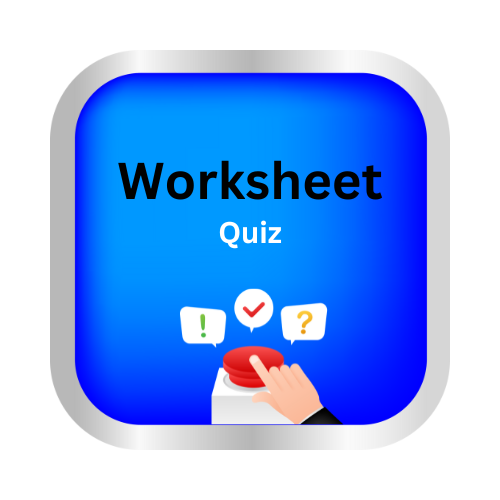Analogies
Key Notes :
| What are Analogies? |
An analogy is a comparison between two things that are usually quite different. It helps us understand something new by showing how it’s similar to something we already know. Think of it as a ‘word puzzle’ that shows relationships between words.
Analogies often look like this:
A : B :: C : D
This reads as “A is to B as C is to D.”
| How to Identify Analogies |
To identify an analogy, look for words that have a clear relationship. Ask yourself:
- What is the relationship between the first two words (A and B)?
- Can I find a similar relationship between the other two words (C and D)?
| Types of Relationships |
Here are some common types of relationships in analogies:
- Synonyms: Words that mean the same thing (e.g., happy : joyful)
- Antonyms: Words that mean the opposite (e.g., hot : cold)
- Part to Whole: A part of something and the whole thing (e.g., finger : hand)
- Cause and Effect: One thing causes another (e.g., rain : flood)
- Function: What something does (e.g., knife : cut)
- Characteristic: A quality of something (e.g., lemon : sour)
- Degree: Intensity of something (e.g., warm : hot)
| Examples |
- Happy : Sad :: Excited : Bored (Antonyms)
- Author : Book :: Composer : Song (Creates)
- Puppy : Dog :: Kitten : Cat (Young to Adult)
- Fire : Hot :: Ice : Cold (Characteristic)
| How to Solve Analogies |
- Identify the relationship between the first pair of words. Be specific! Don’t just say “they’re related.” Say how they’re related.
- Create a sentence that expresses this relationship. For example: “Happy is the opposite of sad.”
- Apply that sentence to the second pair of words. Does it make sense?
- Choose the answer that best fits the relationship.
| Practice Exercises |
Complete the following analogies:
- Up : Down :: Left : ______
- Day : Night :: Light : ______
- Foot : Sock :: Hand : ______
- Bird : Fly :: Fish : ______
- Big : Large :: Small : ______
Answer Key:
- Right
- Dark
- Glove
- Swim
- Tiny
| Tips for Success |
Read carefully! Pay close attention to all the words.
Think about the relationship. Don’t just guess!
Try different relationships. If one doesn’t work, try another.
Eliminate wrong answers. This can help you narrow down your choices.
Practice! The more you practice, the better you’ll become at solving analogies.
| Summary |
Today, we learned that analogies are comparisons between words that share a relationship. We explored common types of relationships like synonyms, antonyms, and part-to-whole. By identifying the relationship between the first pair of words, we can solve analogies and improve our vocabulary!
Let’s practice!

